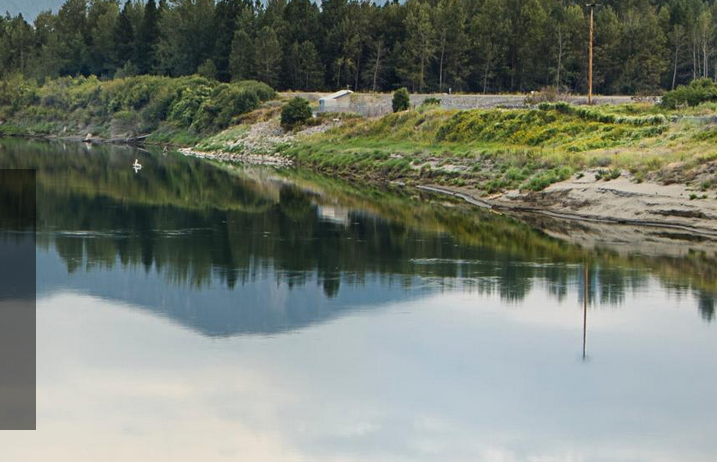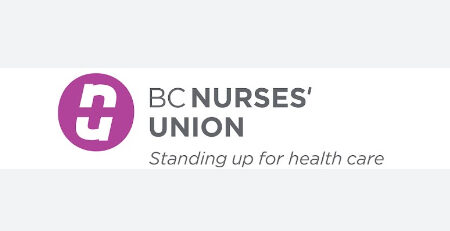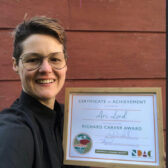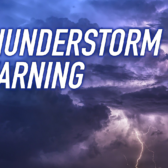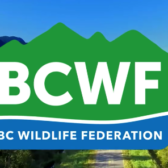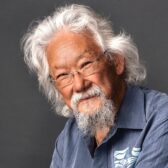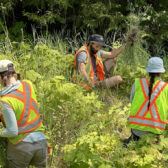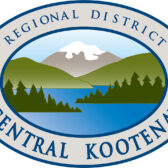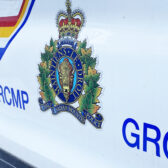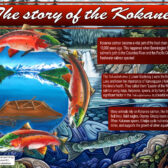Lake levels and the Corra Linn up for discussion in annual international meeting
A meeting south of the border will be important for those north of the border on May 22.
When the International Kootenay Lake Board of Control annual public meeting convenes in Bonners Ferry, Idaho, on May 22 (6:30-8 p.m.), the board will be discussing information on the regulation of Kootenay Lake and the operation of the Corra Linn Dam near Nelson under the International Joint Commission’s Orders of Approval.
The major topic of discussion will be management of the Kootenay Lake water level, an overview of the lake levels to-date — including the later part of 2023 and 2024 — and an update on board projects.
People who register in advance for the meeting — which is available online through a webinar — can hear questions and comments from the public regarding lake level management and board activities.
The annual public board meeting alternates each year between Nelson and Bonners Ferry.
The International Kootenay Lake Board of Control oversees the Corra Linn Dam at the outlet of Kootenay Lake, which receives water from tributaries flowing through Idaho, Montana and British Columbia.
There is a virtual option, with virtual registration found here.
The web-based Kootenay Lake visualization tool is available for the public to investigate Kootenay Lake conditions in dry, normal and wet years (click here).
Spring has sprung
The spring freshet has begun, according to the International Kootenay Lake Board of Control.
Despite a low snowpack — currently sitting at 72 per cent of normal in the West Kootenay —through the first three months of 2024, FortisBC “remains in compliance with the IJC Order of Approval for Kootenay Lake and is prepared for the beginning of the spring freshet,” said Martin Suchy, Canadian secretary for the International Kootenay Lake Board of Control (IKLBC).
He said the late winter and early spring hydrological conditions in the Kootenay Lake watershed are shown to be below average this year.
Suchy said the U.S. Department of Agriculture’s Natural Resource Conservation Service (NRCS) is reporting similar percentages across the region, at 82 per cent of the 30-year period of record normal in the Kootenai Basin.
Lake level
Kootenay Lake elevation — measured at Queen’s Bay — as of April 10 is 1,739.32 feet (530.14 metres). It is near 60th percentile of the 1976-2023 period of record.
“Corra Linn Dam will be operated to hold the lake level at Queen’s Bay below 1,739.32 ft. (530.14 m.) until the commencement of spring rise has been declared by the board, which corresponds with the beginning of the spring freshet,” said Suchy.
During spring freshet, the maximum allowable level of Kootenay Lake is calculated based on the lowering formula defined in the Order until the lake returns to an elevation of 1743.32 ft. as measured at Nelson, he added.
“Reaching 1,743.32 ft at Nelson will mark the end of the freshet period for the Kootenay Lake basin,” said Suchy. “In the spring when inflow is increasing and Kootenay Lake is rising, Grohman Narrows (not Corra Linn Dam) limits the maximum outflow from Kootenay Lake.”
Source: International Kootenay Lake Board of Control


